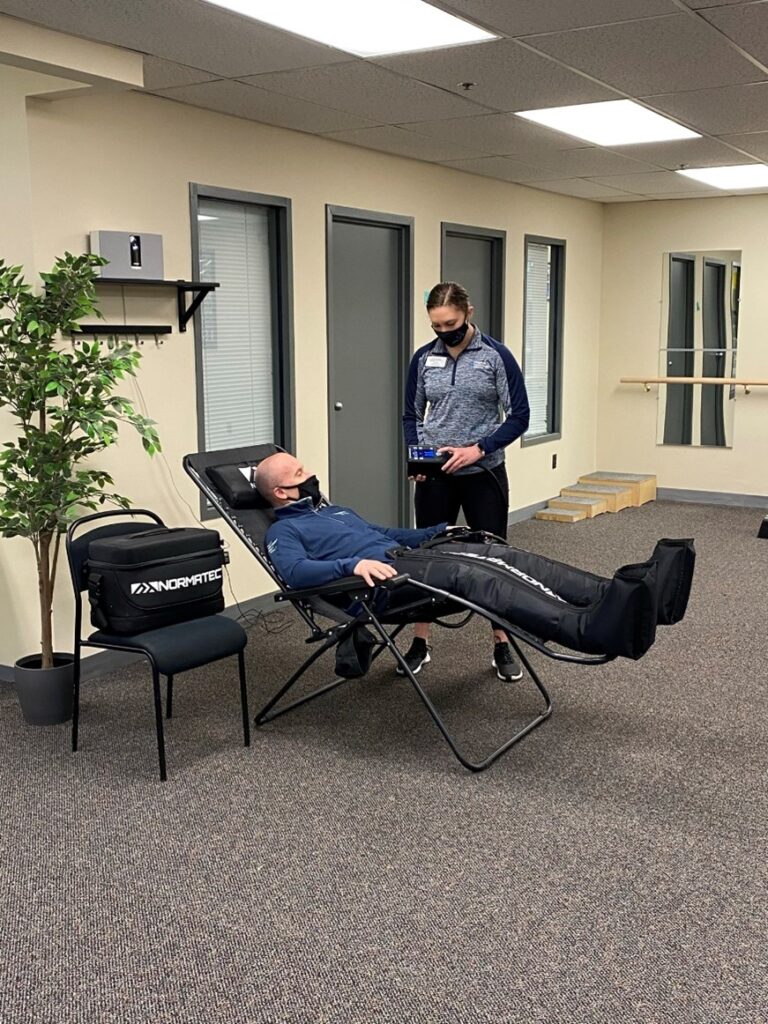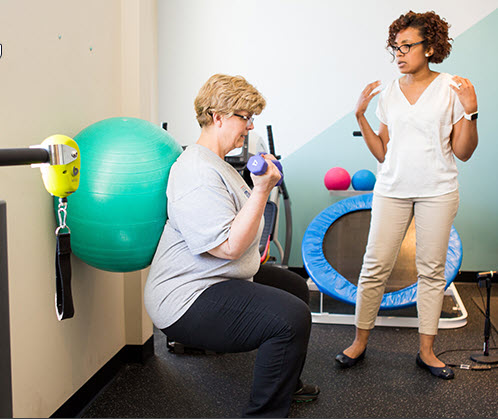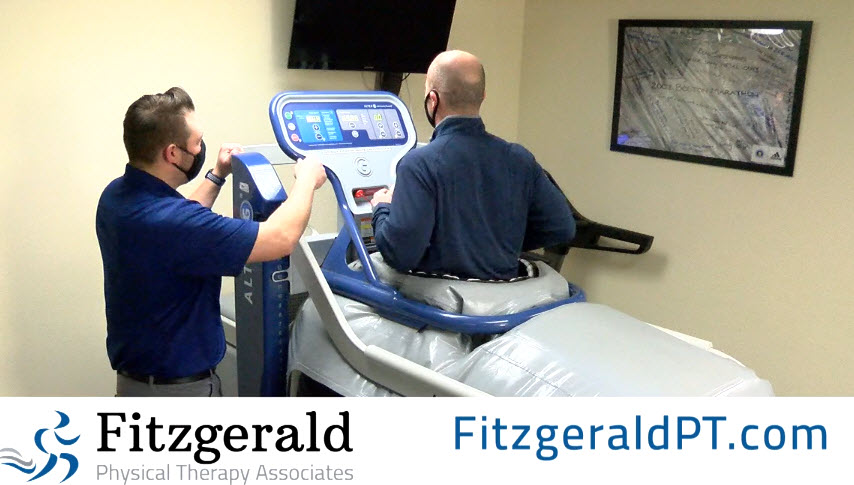Diabetes can affect anyone at any age. Physical problems related to diabetes include weakness, loss of endurance, obesity, and balance problems. Diabetes often leads to the problem of lower physical activity (which causes many other diseases). Physical activity and exercise are effective ways to lower high-blood sugar levels.
Did you know that Physical therapists can help people with diabetes improve or avoid related problems? We teach our diabetic patients how to safely add physical activity to their lives in effective and enjoyable ways.
How Can a Physical Therapist Help?
Physical therapists help people with diabetes take part in safe, effective exercise programs. This can help lower your blood sugar levels. Your PT can help you improve your ability to move, perform daily activities, and reduce pain. Physical therapy treatments also can help heal diabetes-related skin problems faster than without treatment.
Your physical therapist will examine your record of blood glucose levels and check your skin for wounds. They will use the results of these tests to design a personalized treatment program that addresses your problems and needs. Your treatment program can help improve:
- Movement – Your physical therapist will choose specific activities and treatments to help restore normal movement. These might begin with passive movements that the physical therapist performs for you to gently move your joints. They can help you progress to active exercises and stretches that you can do yourself.
- Strength – Your physical therapist can teach you the right exercises to steadily and safely restore your strength.
- Flexibility – Your PT will determine if any muscles are tight and help you gently stretch them. They can teach you what to do to improve your flexibility.
- Endurance – Regaining your endurance is important. You may have weakness due to inactivity. Your physical therapist can teach you exercises to help you regain the energy to return to your normal activities.
- Balance and coordination – Regaining your sense of balance is important to prevent falling. Coordination is also essential for daily living and work-related activities. Your physical therapist can teach you how to improve your balance and restore your coordination.
- Walking ability – Your PT can improve your ability to walk in comfort by adjusting your shoes or adding inserts (orthotics) to support your feet and ankles. They may teach you how to use a walker or a cane, if needed, to help you walk safely.
- Pain levels – PT treatment is a safe way to treat chronic pain. Your physical therapist may use different types of treatments and technologies. They will prescribe the most effective and safe exercises for you to perform to control and reduce pain. Your physical therapist can teach you how to protect painful areas to make them less sensitive to diabetic nerve pain (neuropathy).
- Blood glucose levels – Physical activity, such as prescribed exercise, can help lower your blood sugar levels. Your physical therapist can design a safe, personalized exercise program to help you control and lower your blood sugar.
- Healing of sores – Your PT can apply bandages, dressings, lotions, and treatments to help sores heal faster. They also may check your footwear for proper fit and overall condition. They will teach you how to perform daily foot and skin checks to prevent blisters and sores from developing.
- Exercise prescription – Your PT will teach you how to strengthen and stretch your muscles. They also will teach you aerobic exercises to perform on your own. Your exercise program will be specific for your individual needs. Doing these exercises as prescribed can speed your recovery.
- Ability to perform daily living and work activities. Your PT will discuss your activity goals with you and use them to set your recovery goals. Your treatment program will help you reach your goals in the safest, fastest, and most effective way possible.
Additionally, we at Fitzgerald PT have various PT equipment to help our diabetes patients such as:
Alter G –
The AlterG Anti-Gravity Treadmill uses air pressure to help unweight the patient. Specific shorts are worn, generally over the top of shorts or tight leggings. The patient then steps inside the chamber of the machine (similar to a large bubble) and is zipped inside. This allows the lower body to be enclosed and supported by the air pressure. Once the machine has calibrated to the individual, the body support percentage can be adjusted as desired. From there, the treadmill operates like a regular treadmill with speed adjustments for walking or running. Both the sides and back of the bubble are clear to allow the physical therapist to observe mobility and mechanics for better treatment. Overall, the use of this can help facilitate rehabilitation, improve recovery times and optimize rehab.
NormaTec –
NormaTec compression therapy is a powerful compliment to Physical Therapy. For patients with diabetes, this therapy will increase steady circulation of fluids, preventing backflow of fluids into your feet.
It was made for those who experience swollen legs, suffer from inflammation, sore muscles, or other circulatory issues. It helps to:
- Enhance healthy circulation
- Decrease muscle soreness and fatigue
- Increase range-of-motion
- Reduce inflammation
- Speed recovery
- Promote relaxation

We at Fitzgerald PT are here to help! We currently have an Alter G and NormaTecs in each of our offices located in Melrose and Woburn, MA. These may be covered by your insurance, but is also a stand-alone cash service.
Learn more about NormaTec Compression Therapy



